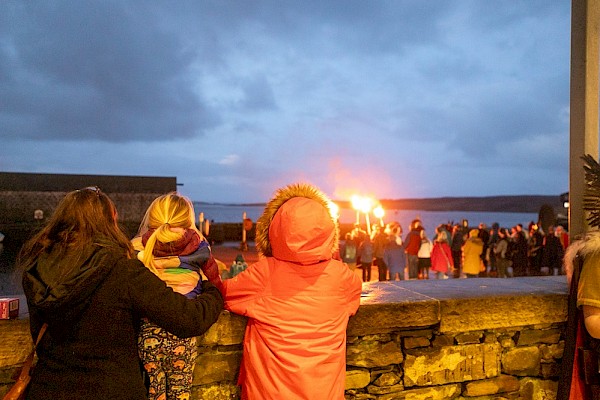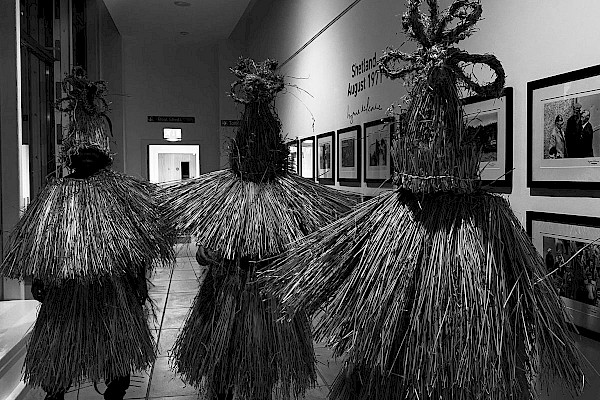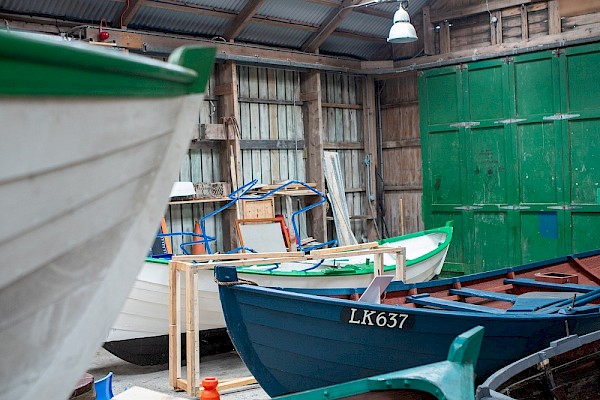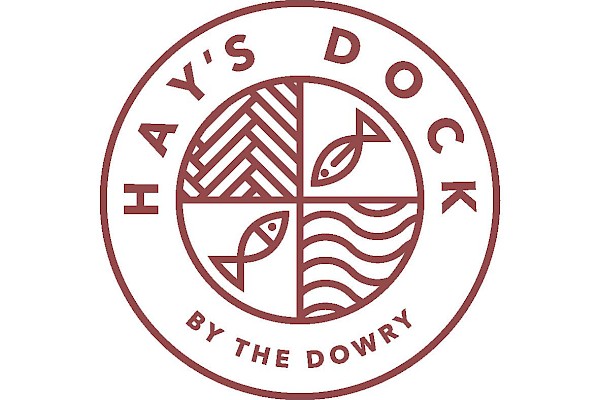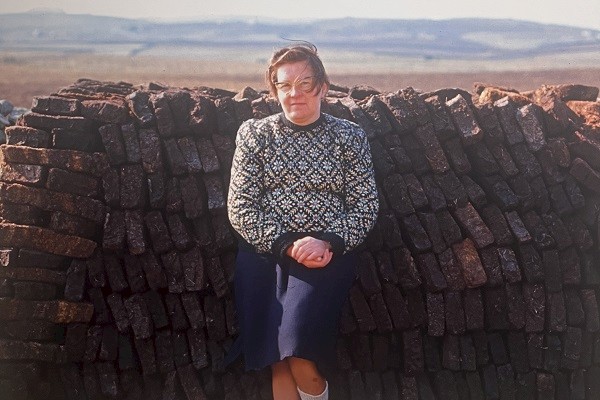Shetland's Sunken Treasure - Unveiled!
Wrecked in 1745 off the Knab and within the confines of Lerwick harbour, the Drottningen af Swerige (Queen of Sweden) offers a fascinating snapshot of life onboard an 18th century trading vessel.
The Drottningen af Swerige was the flagship of the Swedish East Company. Sailing with the Stockholm both vessels left Gothenburg on 9th January 1745. They quickly ran into trouble a few days later, as the weather deteriorated. With high winds, blizzard conditions and poor visibility the ships struggled to maintain course. The Stockholm floundered and was lost off Braefield, Dunrossness – nothing now remains of the ship.
The Drottningen af Swerige continued, her Captain made the decision to run for the safety of Lerwick. Unfortunately, as she came into sight of safety, the weather deteriorated and she struck rock just hours after the Stockholm. All the crew from both vessels made it to shore safely.
The Swedish East India Company, established in 1731, following several failed attempts, was inspired by the success of the Dutch East Company. Sweden was the last prominent European nation to become involved in the Eastern trade. The Company was the largest in Sweden and was dissolved in 1813.
Under the command of Captain Carl Johan Treutiger, the Drottningen af Swerige of 147ft and 950 ton, carried 130 men and boasted 32 guns. Built in Stockholm in 1741 for £12,500 (over £1 million today) she was the largest vessel in the company’s fleet. She was a trading vessel to China for the Swedish East India Company. The Drottningen af Swerige was partially loaded, en route to Cadiz (Spain) for more supplies before heading to Canton in China.
The display also features an extremely rare chart, dating to the 1740s which was created by Dutch cartographer Joannes Van Keulen. Used as a navigational aid, this chart contains information about the sea and coast, including tides, anchorages and dangerous rocks. Charts, unlike maps contained hill profiles to help mariners recognise landmasses. Marine atlases adorned the chart table onboard vessels such as the Drottningen af Swerige.
Dutch cartographers were prolific map-makers – unlike the British, they made many maps of Shetland and this recent acquisition is one of the rarest of all Shetland charts.
This exhibition is set to run throughout 2015.
